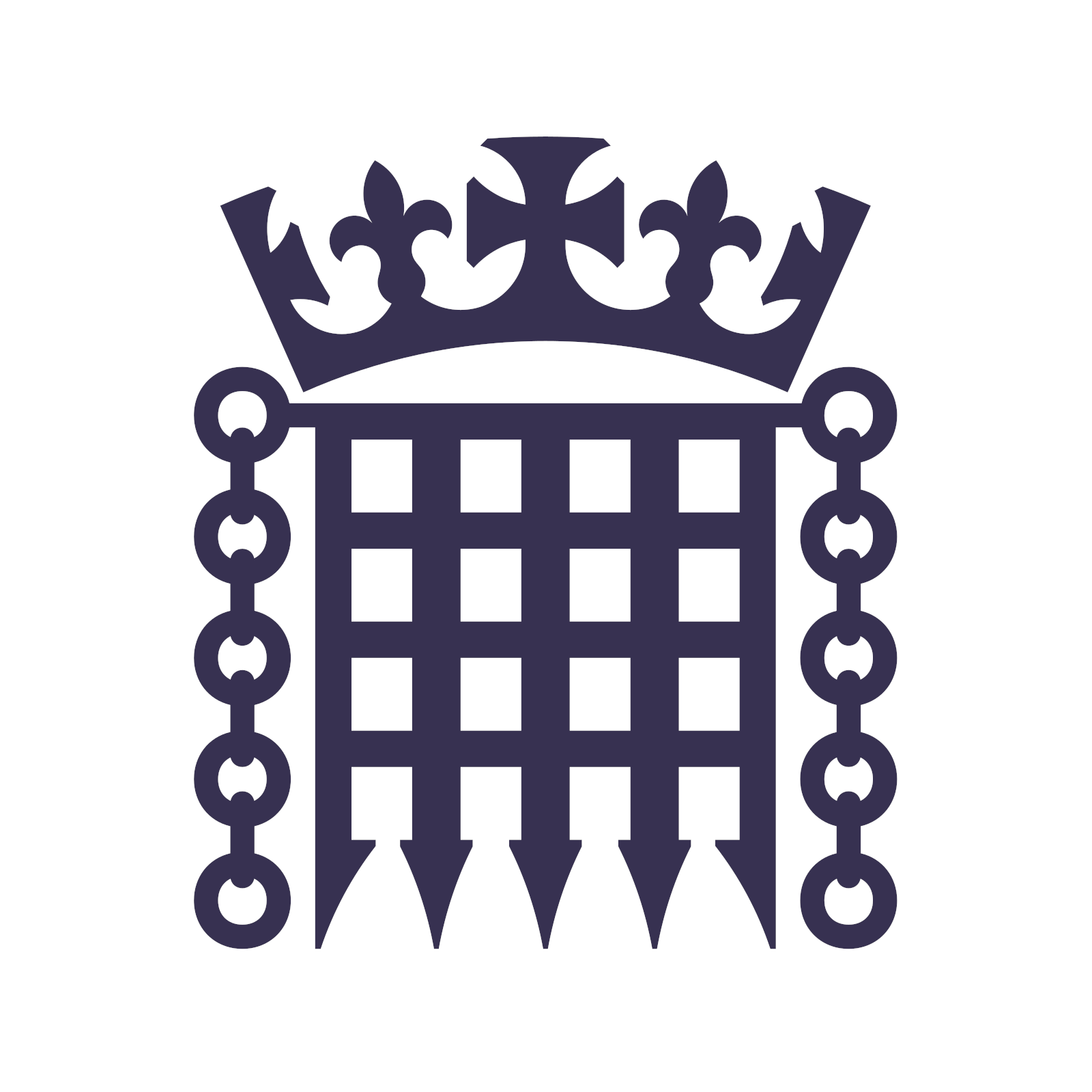- 13 Posts
- 10 Comments

 9·3 months ago
9·3 months agoThe article states that 70% of those occupying social housing have their rent payed for by housing benefit. The article also mentions that housing benefit comes from central government.
So the effect of this is a transfer of more money from central government to councils and housing associations. As well as an increase in the incomes of councils and HAs from those 30% that are well-off enough to no longer receive housing benefit but are still living in social housing.

 1·3 months ago
1·3 months agoI’d say this is less about reducing CO2 and more about making cities and towns nicer places to live and helping people live healthier lives.
I have no idea what the stats on this are, but I’d guess that the amount of emissions saved in people cycling more vs using a petrol car or electric car wouldn’t actually be much compared to measures that reduce emissions from goods transport.

 2·3 months ago
2·3 months agoTBH I thought the article was actually particularly good because it specifically pointed out that “immigration” isn’t one homogeneous thing.
We end up with these worst-of-all worlds outcomes because we talk about immigration as if it’s one thing when in reality it is many very different things, because we refuse to confront trade-offs — and because each side has its own conversational no-go areas.
I think that point of refusing to discuss tradeoffs is also particularly pertinent. Significant chunks of the electorate will happily vote for Reform but then moan about the lack of staffing in healthcare. Or conversely, others will happily quote the stats that on average migrants are a net benefit to the country, but then refuse to investigate this thought further and realise that this is an average and those benefits may not be spread evenly (perhaps some areas are even negatively affected).
One of the points made quite astutely in the FT comments section mentioned that ofwat was also strongly responsible for this.
Apparently the regulatory model is set up in the following way - in order to encourage investment in infrastructure, the calculated amount that customers are charged is based on a ratio of how much money is invested into infrastructure. Supposedly Thames Water and other water companies in England wanted to invest more in infrastructure, however ofwat did not allow it as they wanted to protect customers from price increases. Furthermore because of the silly shell game of holding companies that were set up to move the debt around, ofwat didn’t understand just how much debt was being racked up and didn’t make any moves to stop it.
However what this all shows is that the regulatory model is absolutely broken. So not only is ofwat toothless in allowing a ridiculous corporate structure to be set up to obfuscate the silly financial leveraging going on, they are also operating on an entirely faulty premise.
What it all shows is that trying to set up a functional privatised system for water companies that incentivises investment and works for citizens is extremely difficult, is prone to regulatory capture, is still under pressure from meddling ministers and ultimately costs more for customers and the government than servicing the government debt that would be used to pay for investment under a nationalised system.
Just bloody nationalised it.
Not to say I fully agree with the author’s viewpoint, but this article is a good, non-sensational, explanation of the current Thames Water situation. Worth a read if you’re interested in what’s actually going on.

 4·8 months ago
4·8 months agoCounterstrike 1.6/Source/GO/2
Started playing around 2005. Playtime has waxed and waned over the years in my friend group, but we’ve generally played it fairly regularly for nearly 20 years now.

 3·10 months ago
3·10 months agoIn comparison, grocery sales were hugely increased this past Christmas - https://www.kantar.com/uki/inspiration/fmcg/2024-wp-record-numbers-hit-the-shops-as-supermarkets-experience-busiest-christmas-since-2019 .
Perhaps messages about being eco conscious have moved some people away from spending on plastic tat and focused more on having lavish food for the Christmas period? Or does this figure not take into account inflation and this is just to do with food price inflation being higher than other sectors?
Checkout lemmit.online








Inverse of the classic: